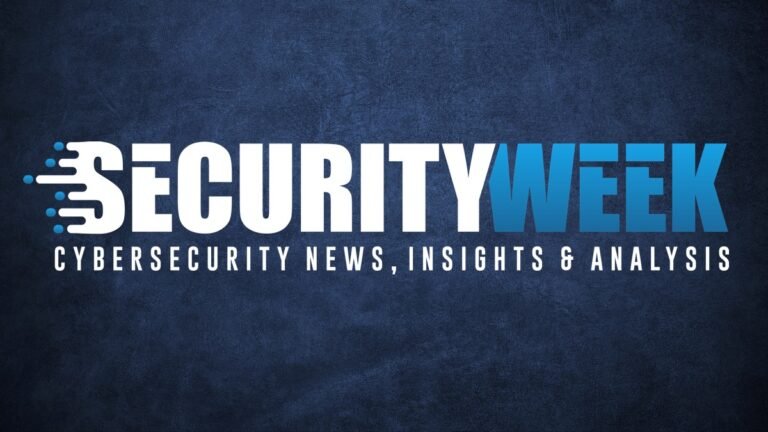Essential Insights
-
Acquisition Announcement: Axonius has acquired medical device security firm Cynerio for over $100 million, aiming to enhance its cybersecurity asset management capabilities in the healthcare sector.
-
Market Impact: The integration will address significant vulnerabilities in medical devices, which have previously created blind spots in digital security for hospitals, according to Axonius CEO Dean Sysman.
-
Enhanced Security Offering: Cynerio’s solutions will enable hospitals to implement microsegmentation, secure sensitive information, and block ransomware, providing a unified approach to protecting clinical environments.
- Financial Background: Axonius has raised $600 million since 2017, reaching a valuation of $2.6 billion, making this its first announced acquisition as it seeks to expand its market presence in healthcare.
Key Challenge
Axonius, a prominent provider of attack surface management solutions, recently announced its acquisition of medical device security company Cynerio for over $100 million in cash and stock. This strategic move, initially rumored to be valued at $180 million with potential growth to $250 million, aims to bolster Axonius’s presence in the healthcare sector. Axonius specializes in cybersecurity asset management, assisting organizations in tracking and securing their assets across a myriad of digital platforms, while Cynerio focuses on the security of medical devices within healthcare environments, offering protective measures such as microsegmentation and ransomware defense.
Reported by reputable sources, this acquisition underscores a burgeoning concern highlighted by Axonius Co-founder and CEO Dean Sysman, who emphasized the critical vulnerability within hospitals where medical devices—essential for patient care—often operate outside the purview of cybersecurity oversight. Sysman notes that this deal will facilitate the integration of Cynerio’s specialized knowledge into Axonius’s comprehensive asset intelligence platform, addressing the urgent demand from healthcare providers for a unified security solution capable of safeguarding their clinical operations. This acquisition marks a significant milestone for Axonius, which has previously raised substantial funds and is valued at approximately $2.6 billion, signaling a vital step in enhancing cybersecurity in the medical arena.
What’s at Stake?
The acquisition of Cynerio by Axonius, a robust player in attack surface management, presents significant implications for a spectrum of stakeholders, including other businesses, users, and organizations outside the healthcare realm. As Axonius aims to rectify the glaring security vulnerabilities tied to connected medical devices, the ramifications of such cybersecurity blind spots extend beyond hospital walls; they can precipitate a cascading effect of trust erosion among stakeholders across industries. If healthcare entity vulnerabilities remain unaddressed, they not only endanger patient data and operational integrity but could also lead to systemic risks that reverberate through supply chains reliant on medical technologies. Organizations may find themselves increasingly vulnerable to sophisticated ransomware attacks, jeopardizing their compliance, financial stability, and reputations. Consequently, firms operating in adjacent markets or providing interdependent services could face intensified scrutiny and operational fallout, emphasizing the critical need for enhanced, interconnected cybersecurity measures across diverse sectors. In a landscape where cyber threats are omnipresent, the implications of Axonius’s strategic move signify not merely an expansion opportunity but a clarion call for proactive risk management and collaboration among all entities involved.
Fix & Mitigation
In an era defined by rapid technological advancements, the acquisition of Cynerio by Axonius for $100 million underscores the critical need for timely remediation in medical device security.
Mitigation and Remediation Steps
- Risk Assessment: Conduct comprehensive evaluations of existing vulnerabilities in medical devices.
- Incident Response Plan: Establish and regularly update a structured response framework for potential security breaches.
- Continuous Monitoring: Implement real-time monitoring systems that can detect and alert on anomalies or unauthorized activity.
- Patch Management: Develop a rigorous schedule for software updates and vulnerability patches for all devices.
- Access Controls: Strengthen authentication measures to prevent unauthorized access to medical devices.
- Employee Training: Engage healthcare personnel in regular training on cybersecurity best practices and threat recognition.
- Collaboration with Stakeholders: Work closely with device manufacturers and cybersecurity firms for shared knowledge and resources.
NIST CSF Guidance
The NIST Cybersecurity Framework (CSF) emphasizes the importance of identifying and managing risks to organizational systems. For deeper insights, refer to NIST Special Publication (SP) 800-53, which provides guidelines for securing systems and the supply chain, focusing on controls relevant to safeguarding medical devices.
Explore More Security Insights
Explore career growth and education via Careers & Learning, or dive into Compliance essentials.
Understand foundational security frameworks via NIST CSF on Wikipedia.
Disclaimer: The information provided may not always be accurate or up to date. Please do your own research, as the cybersecurity landscape evolves rapidly. Intended for secondary references purposes only.
Cyberattacks-V1

